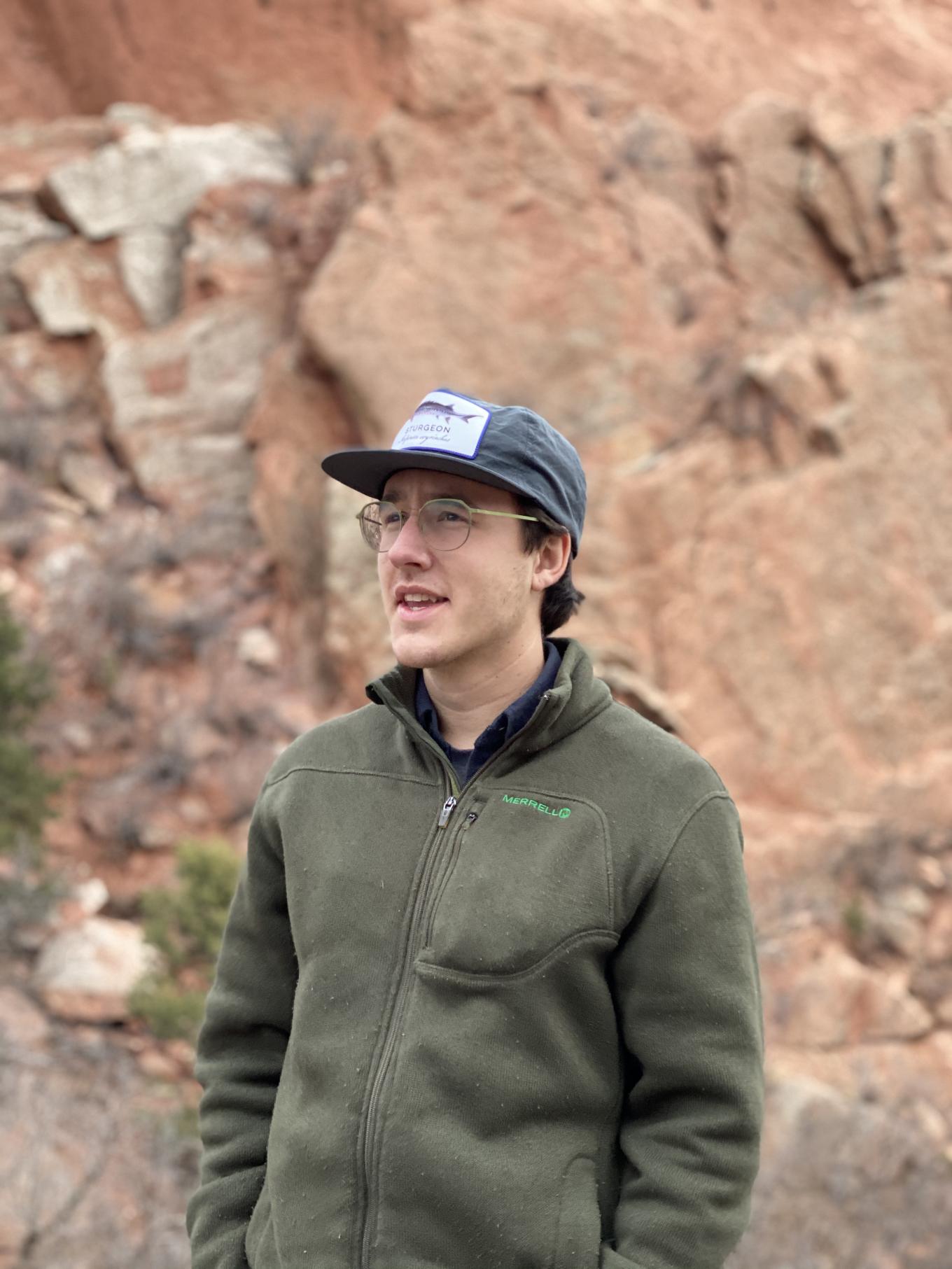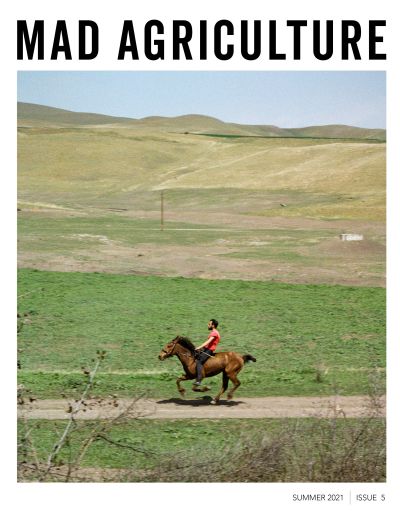
The Mad Agriculture Journal
Sturgeon
Published on
June 08, 2021
Written by
Philip Taylor
Photo by
Jane Cavagnero
I worked in the Catskills under the wing of Denis Newbold and Stroud Water Research Center. Stories of massive sturgeon are legend and lore along the Hudson River.
Sturgeons are likely the seventh oldest species on earth, unchanged for 200 million years. These ancient fish were once so populous that early settlers would avoid boating during the spawn. Humans once loved it for the wrong reasons: its meat and caviar. From 1881 to 1886, the Hudson River was eviscerated for ‘Albany beef’ and the ‘Black Gold Rush’ for caviar. The sturgeon are now critically endangered and protected under the Endangered Species Act.
My second son Hudson was named in part to honor the valley and river. This fish, which I’ve never seen in the wild, means the world to me. Because the world is diminished, I find that imagination helps anchor the efforts of restoration. When I can see the Hudson River or the Chesapeake Bay, I often dream of colossal sturgeon finding their way joyfully into more habitable times. I also recognize herein the limits of imagination. Who would ever know that the sturgeon exists if it’s so rare?
Sturgeon have become symbols of the Hudson estuary, their bony image displayed on signs lining rural highways. These roadside signs invite a deeper reflection on the role of technology in creating access to the ecosystems and creating a basis for fighting for things we ought to value. Signs are simple. The rise of digital applications, like iNaturalist, take the opportunity to a whole new level by creating a social network of people documenting and sharing biodiversity information to help each other learn about nature’.
Could technology help us plunge into nature, helping us see and learn about the world that surrounds us, but we are challenged to appreciate? I think so.

